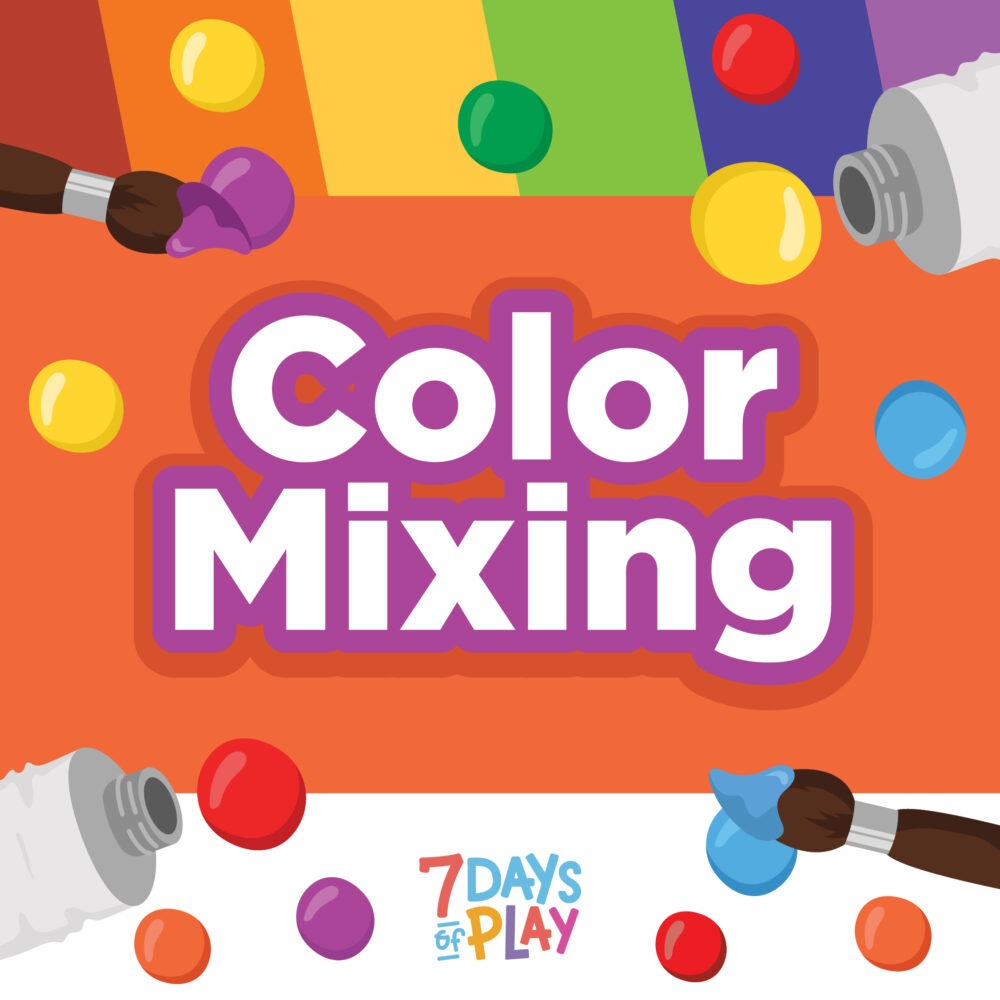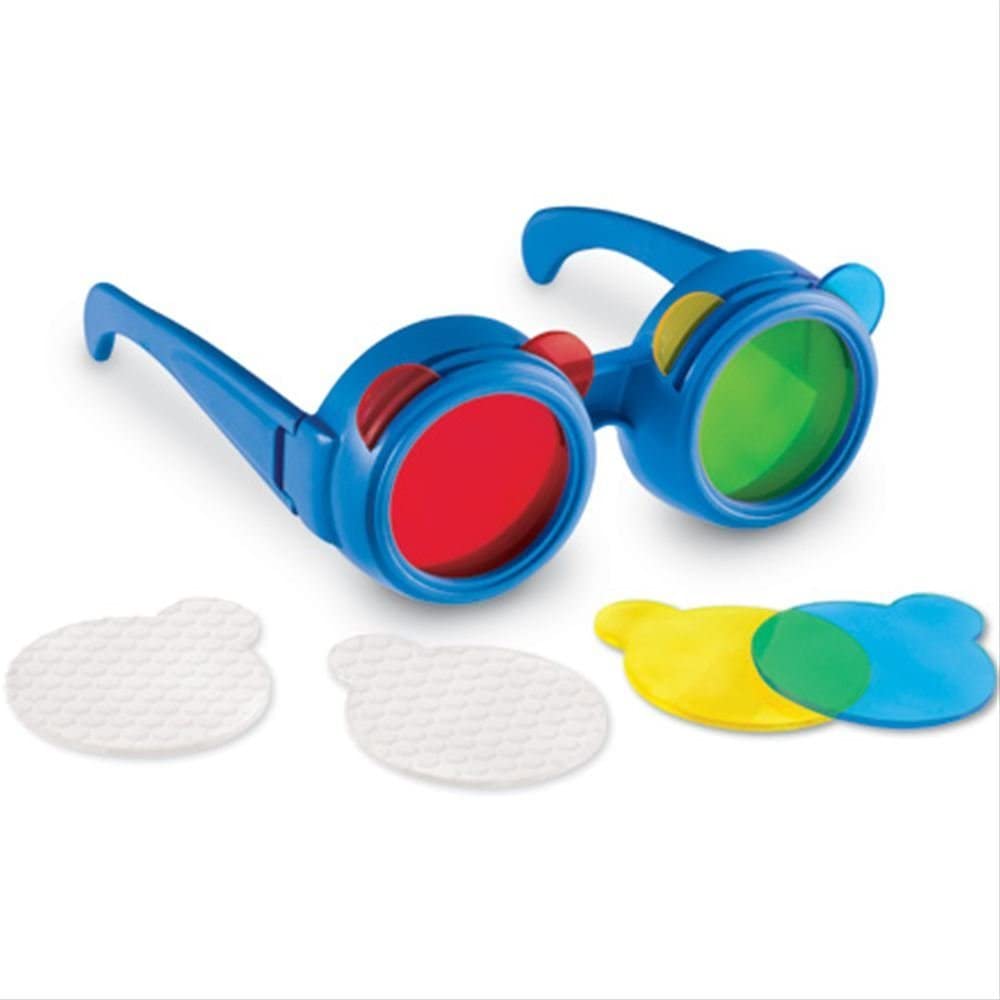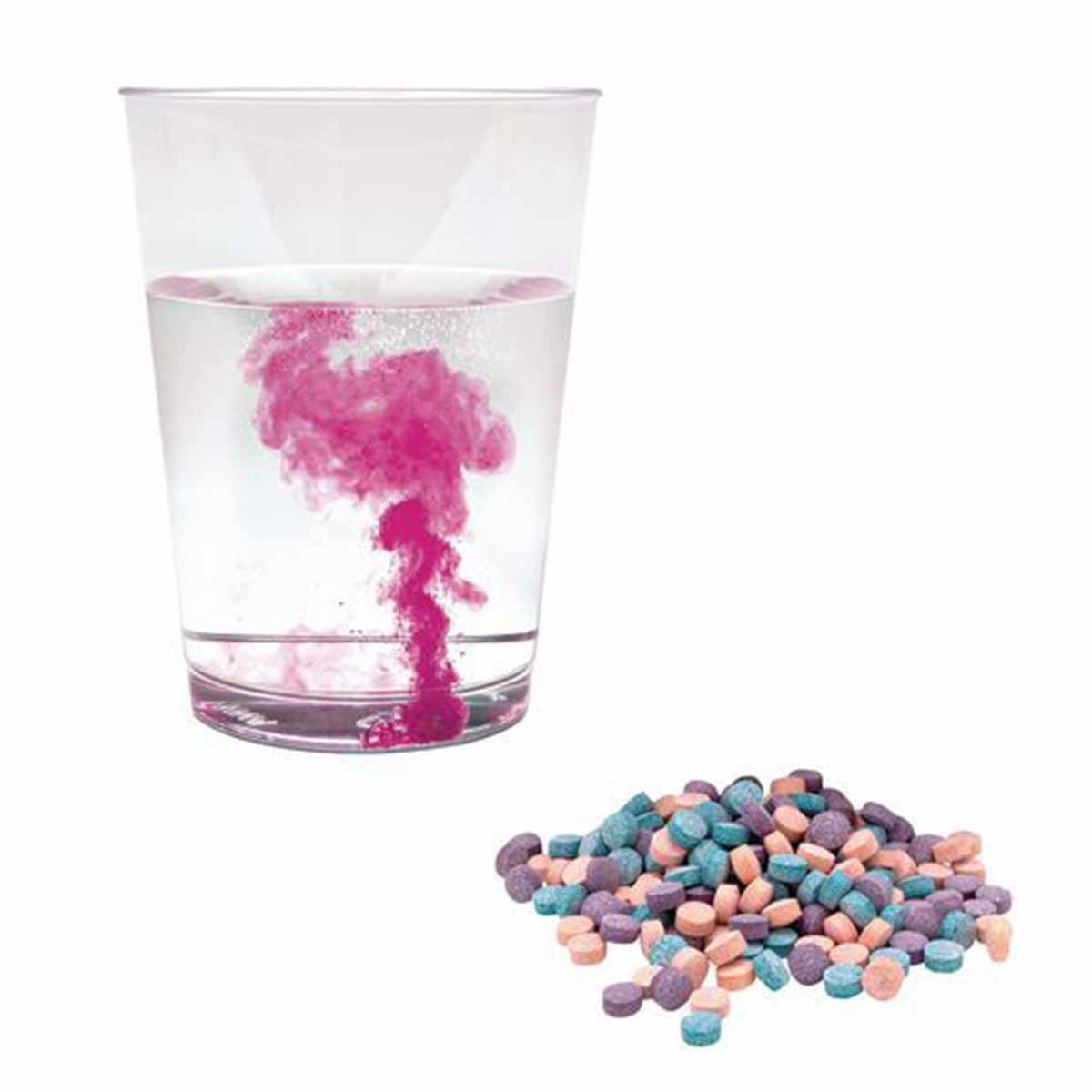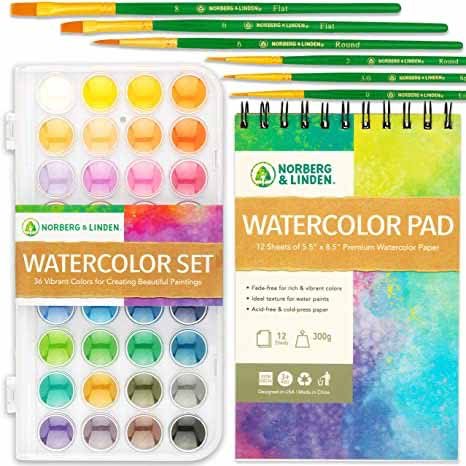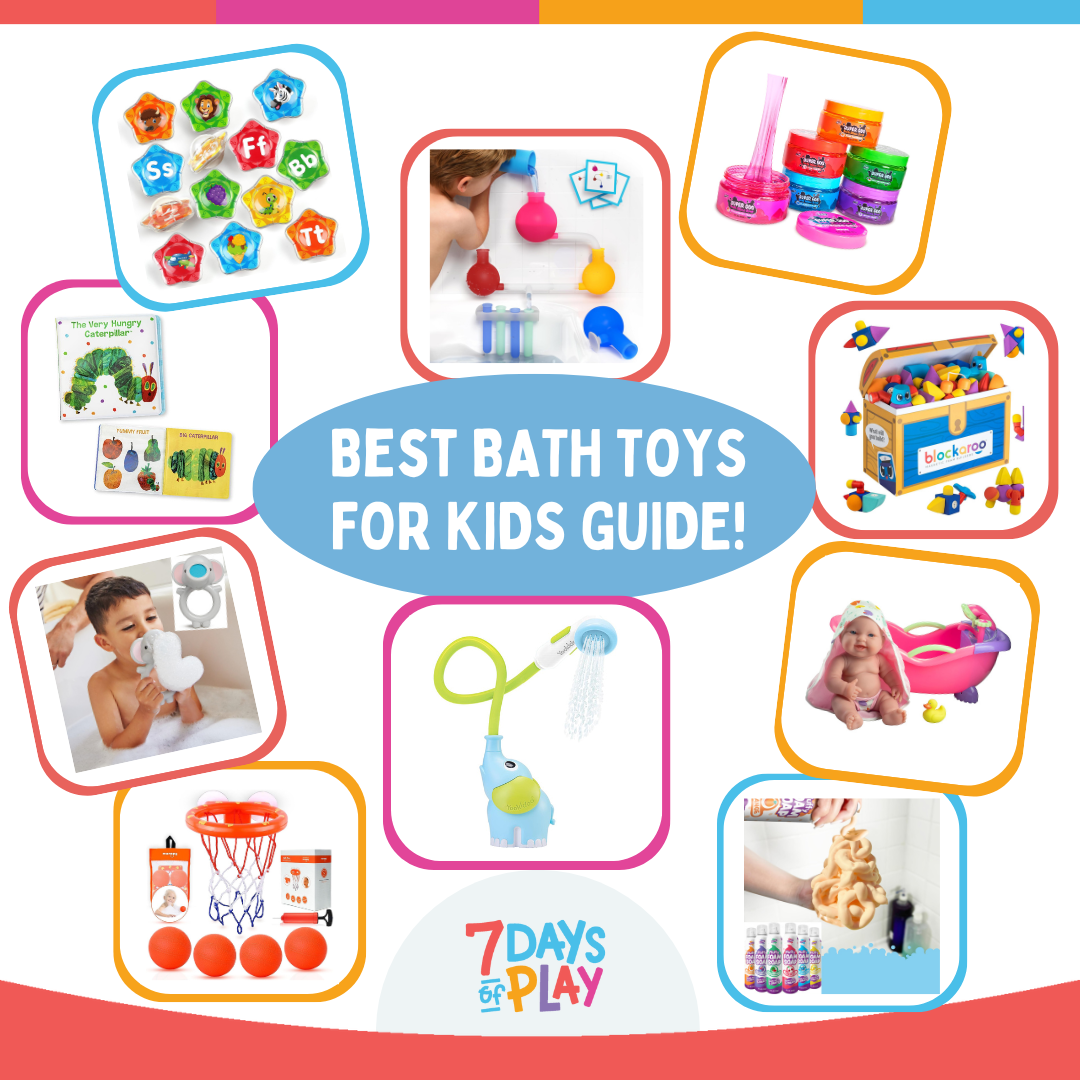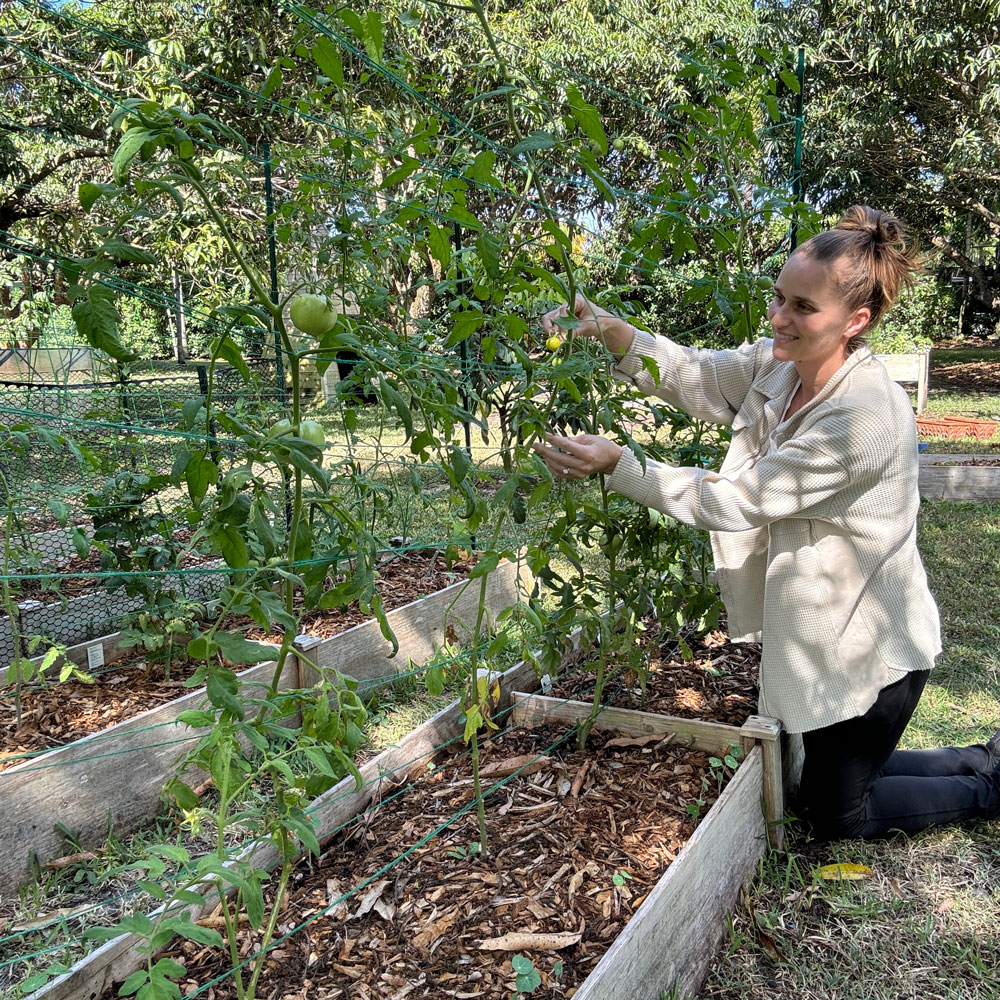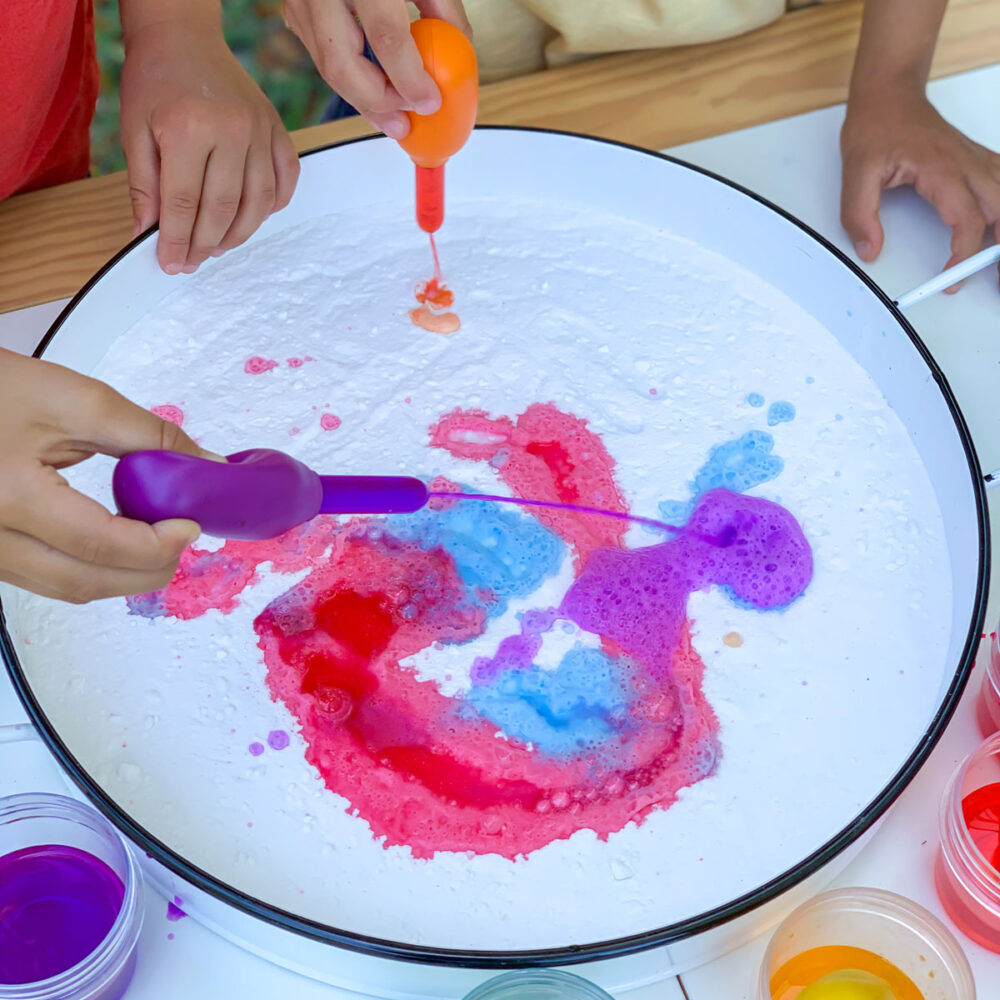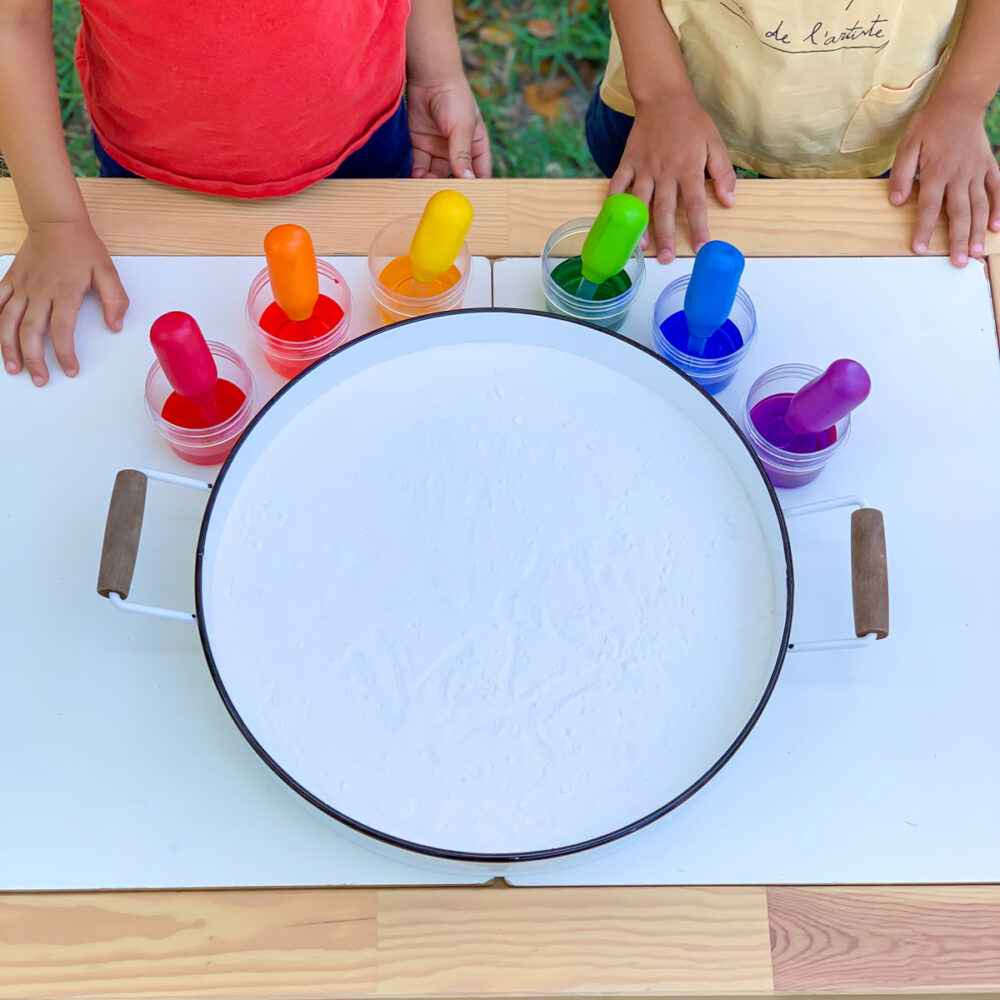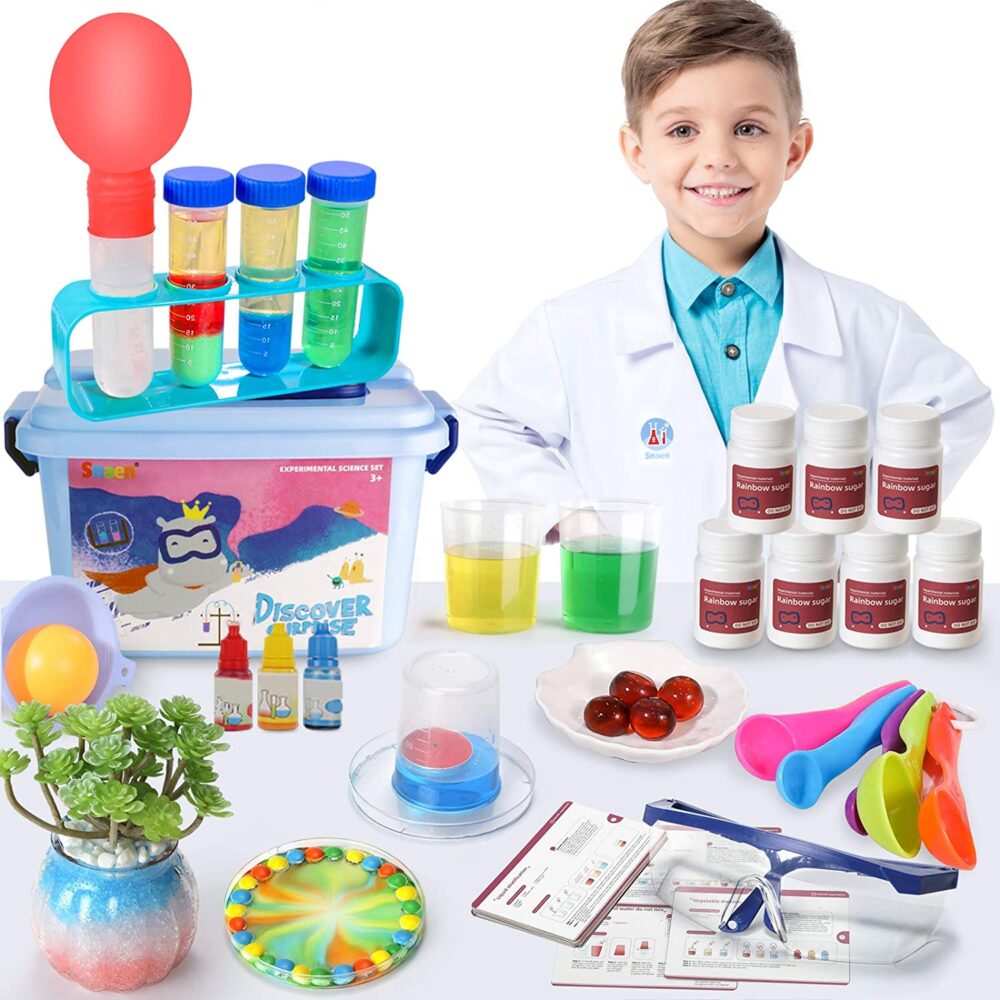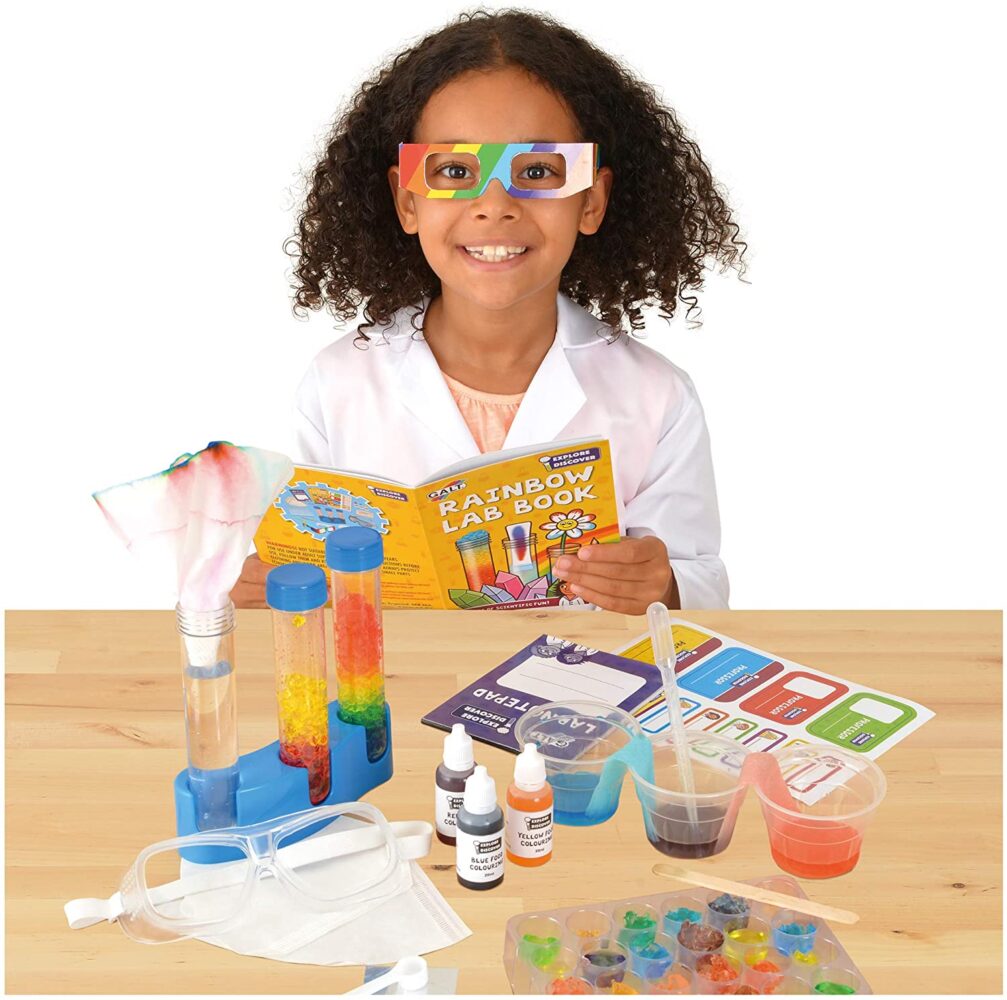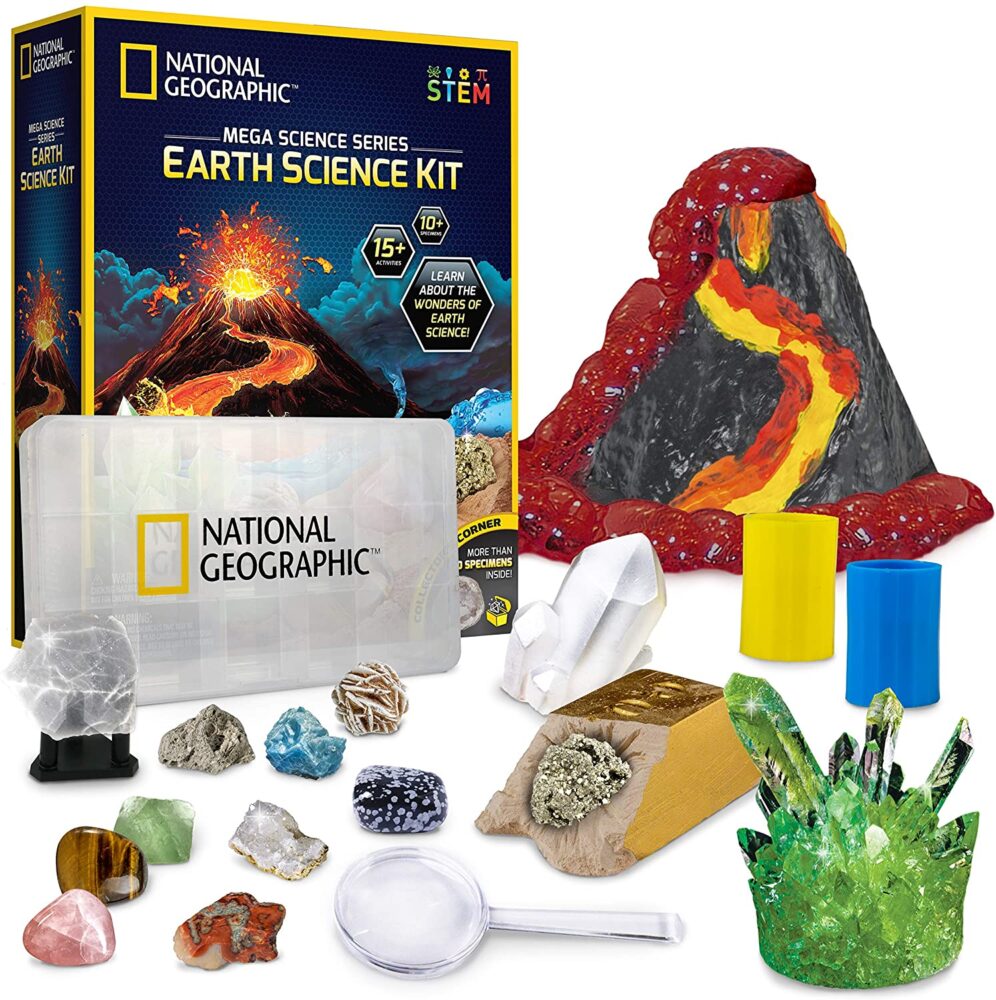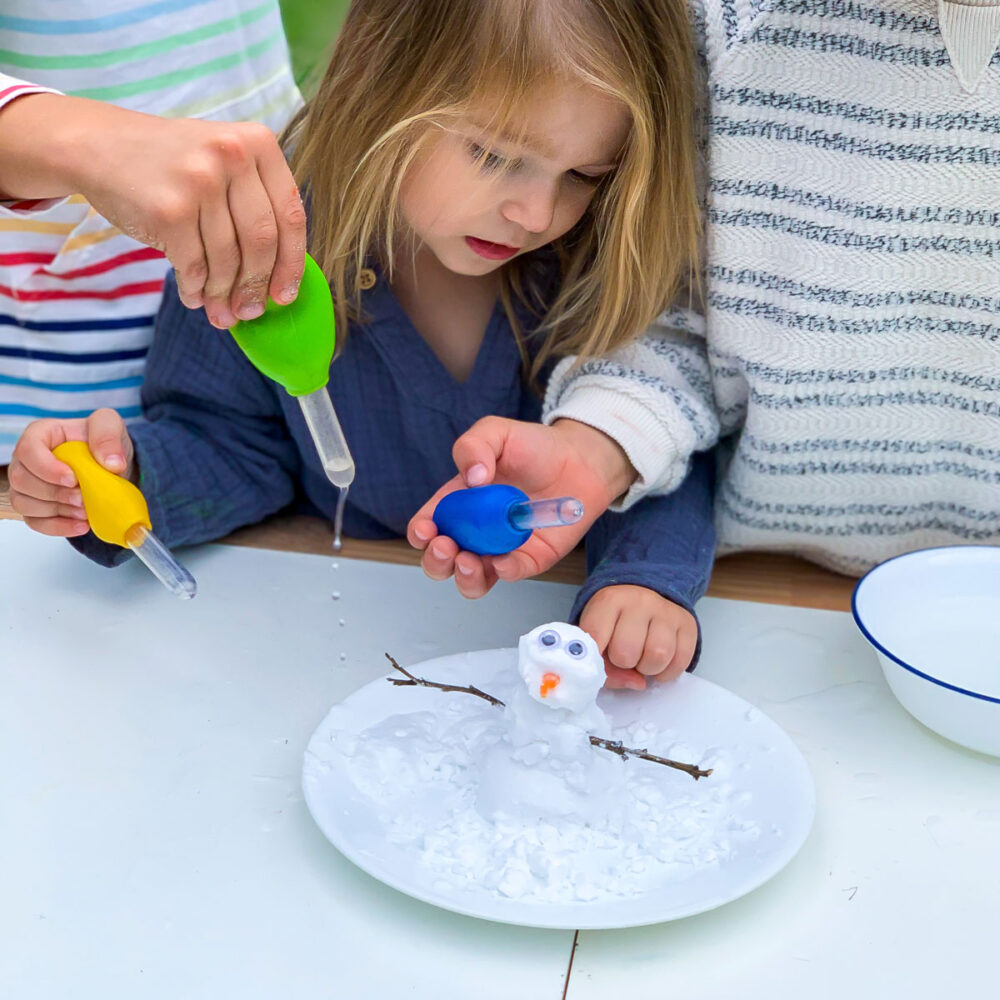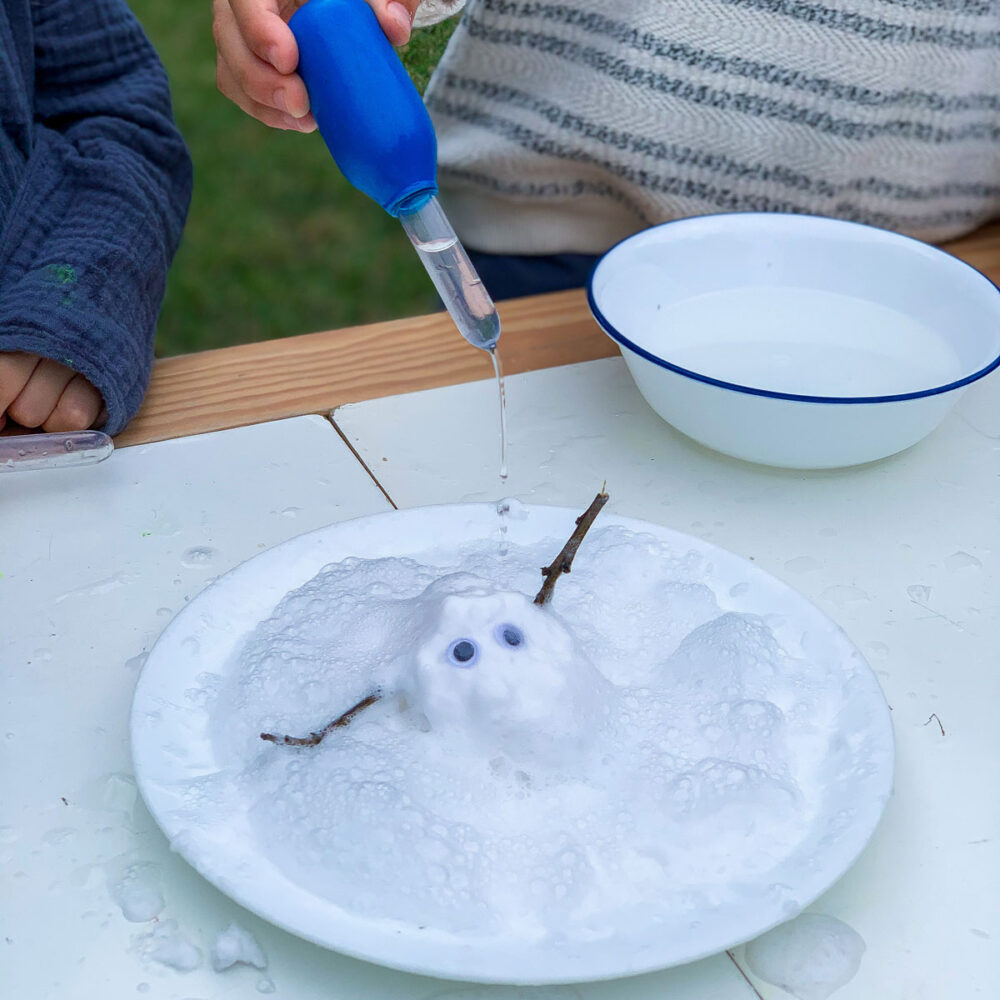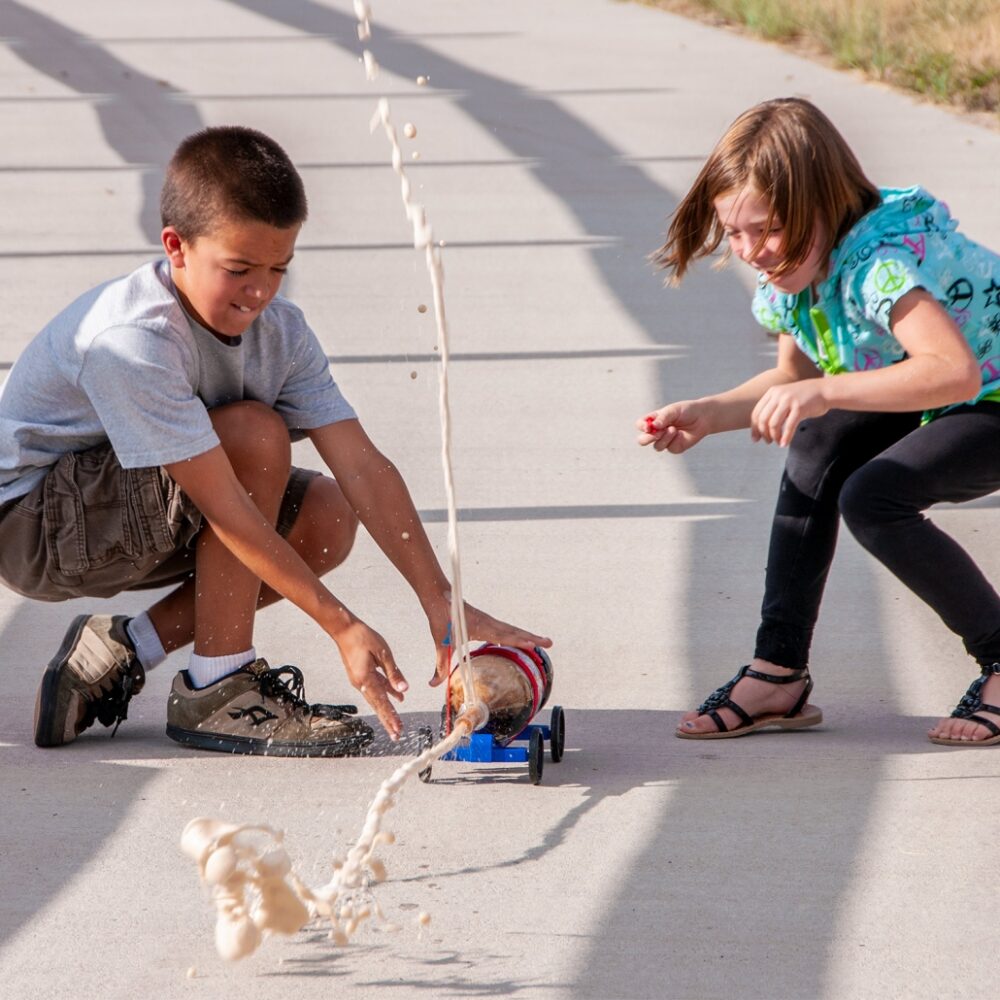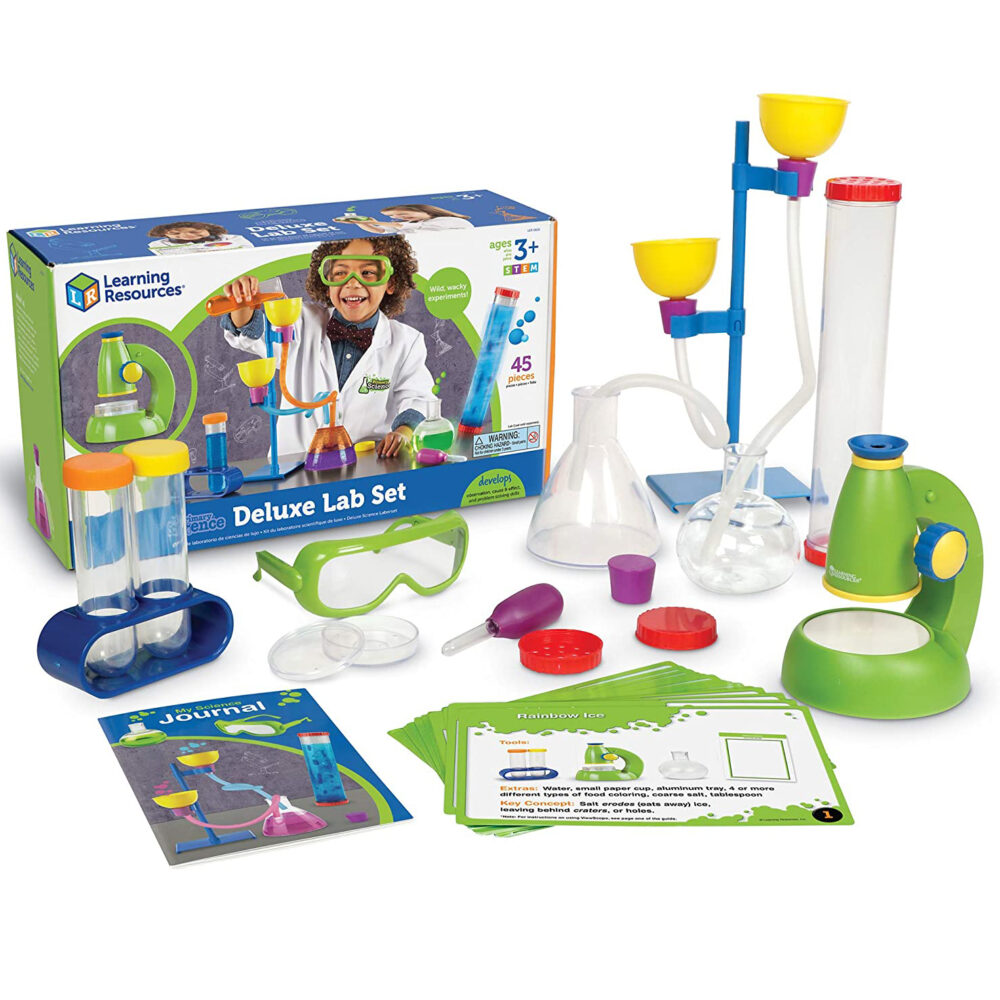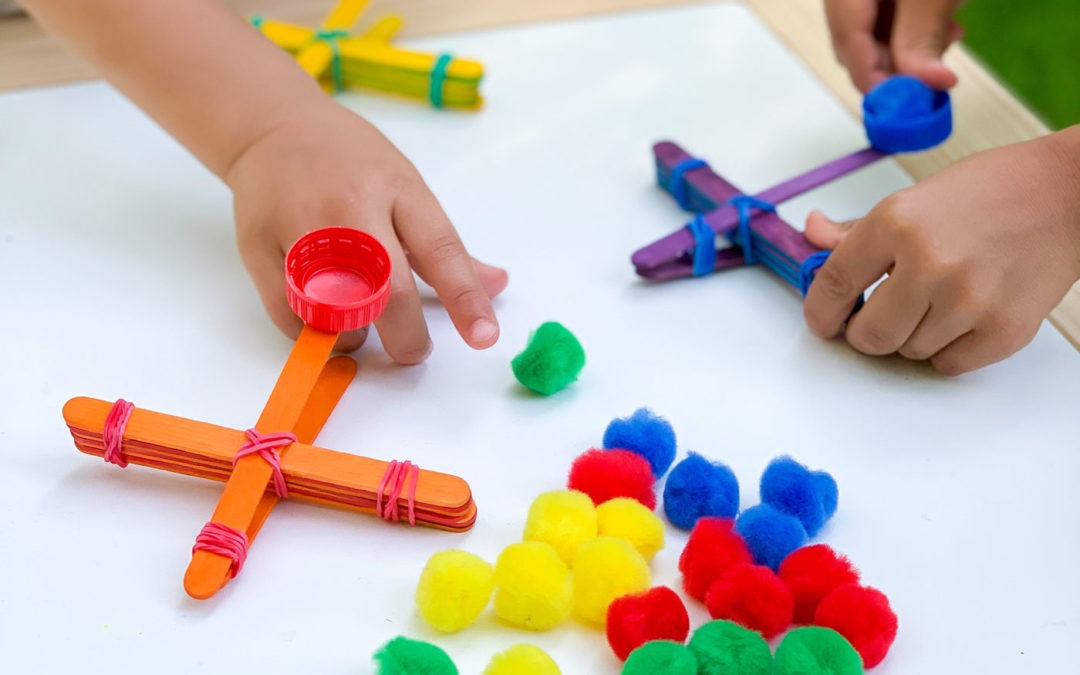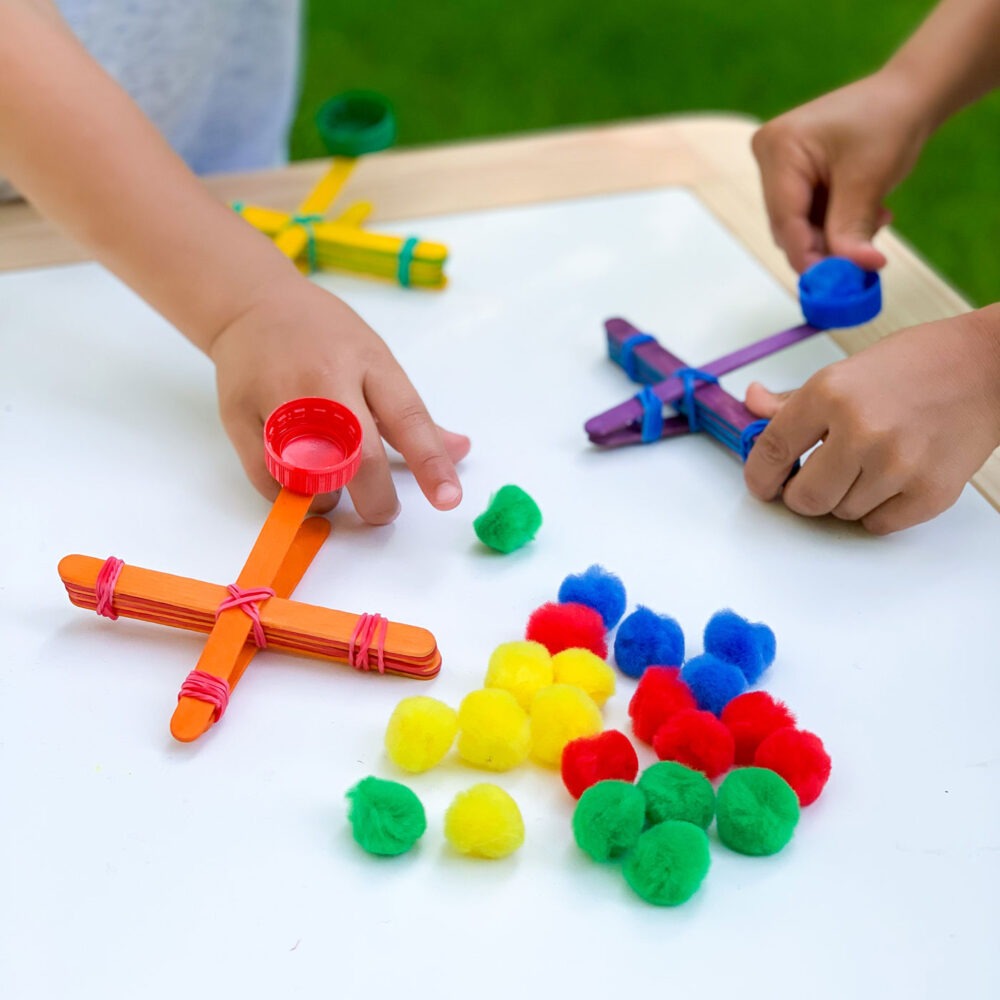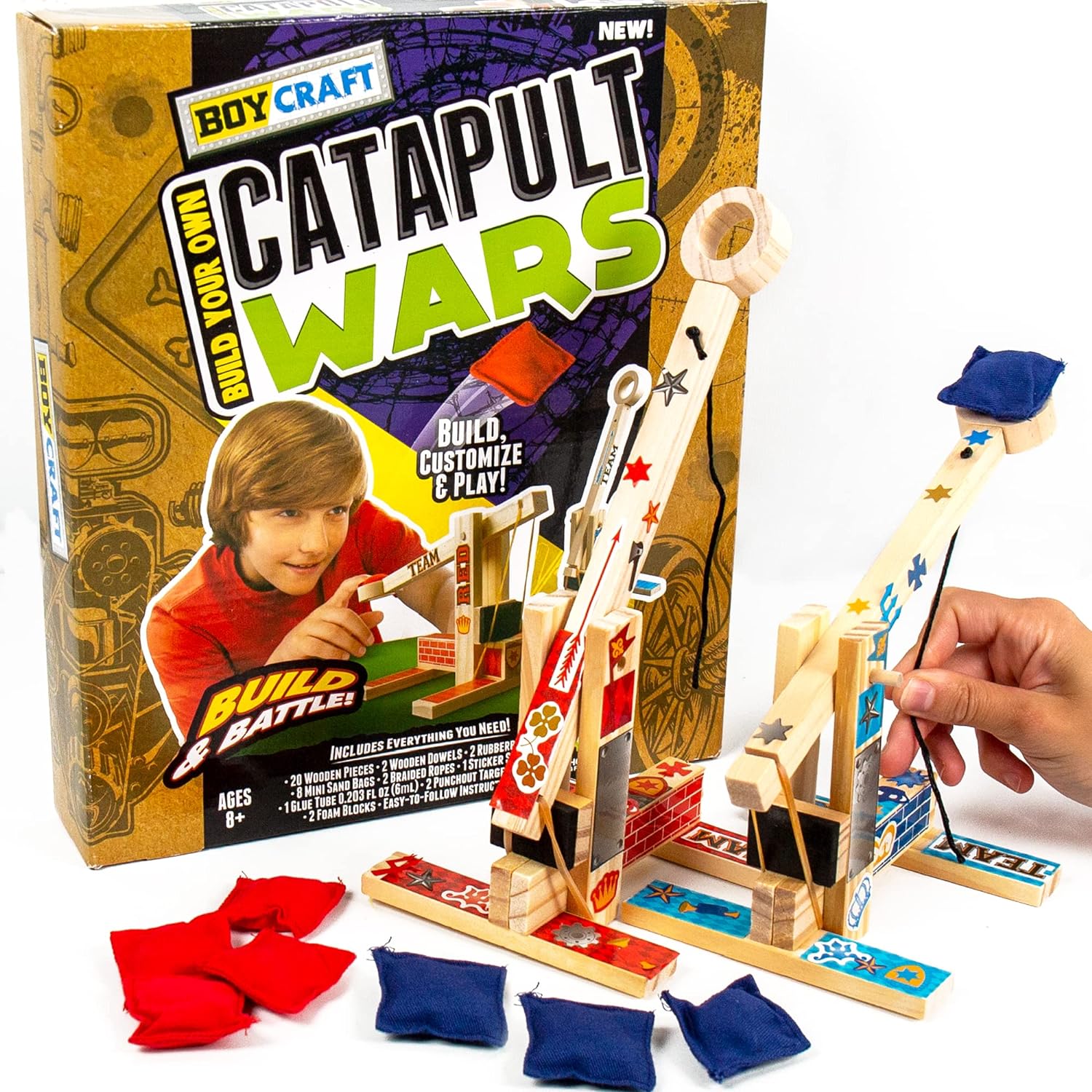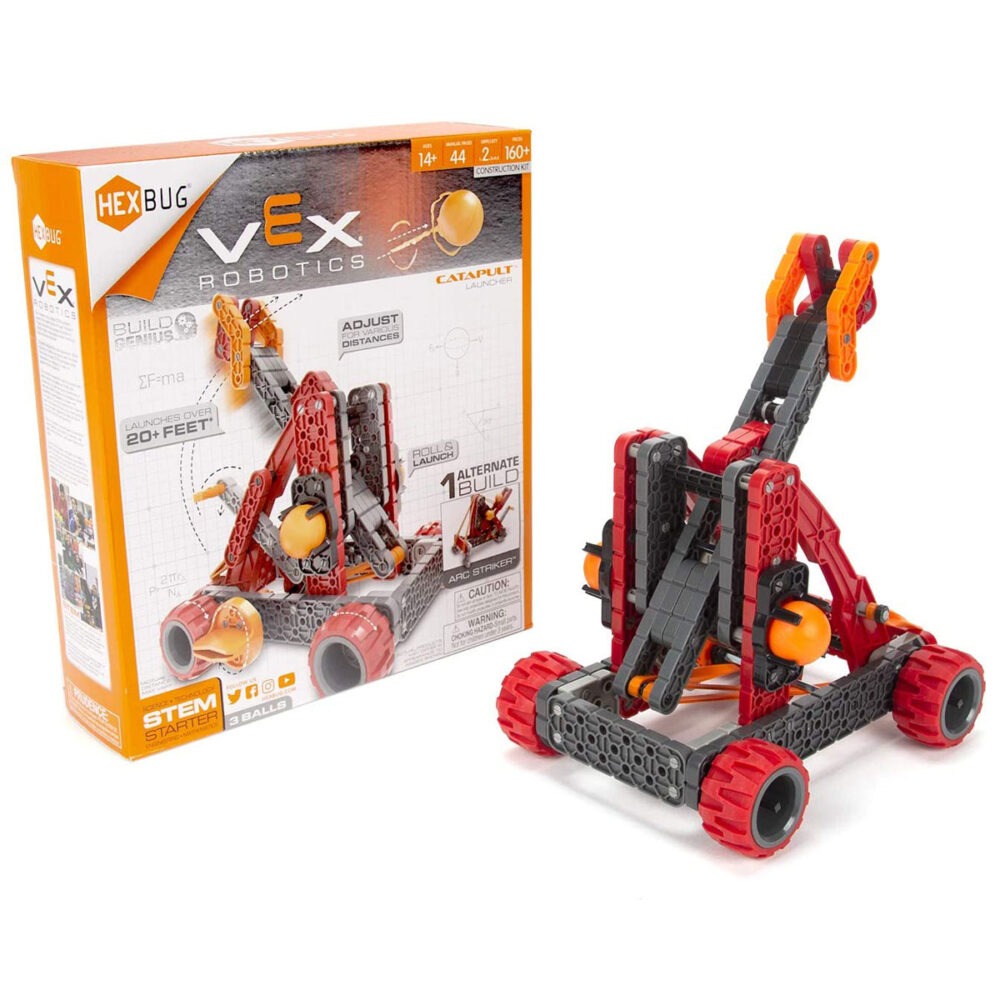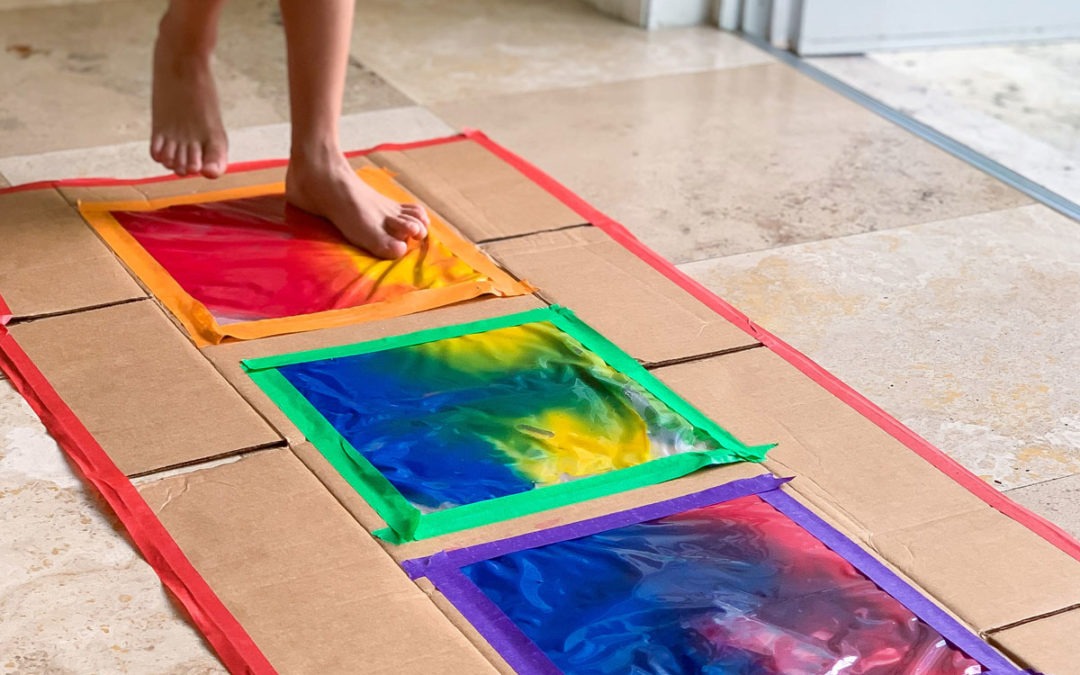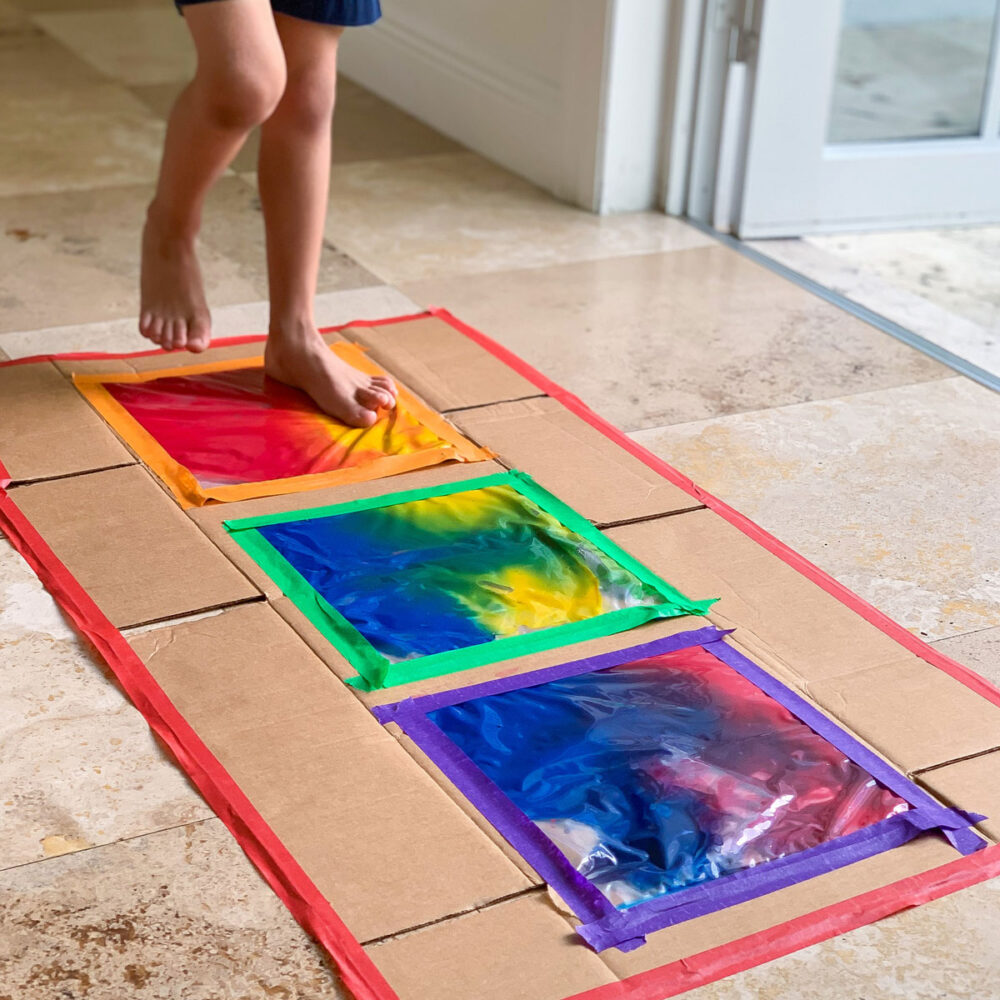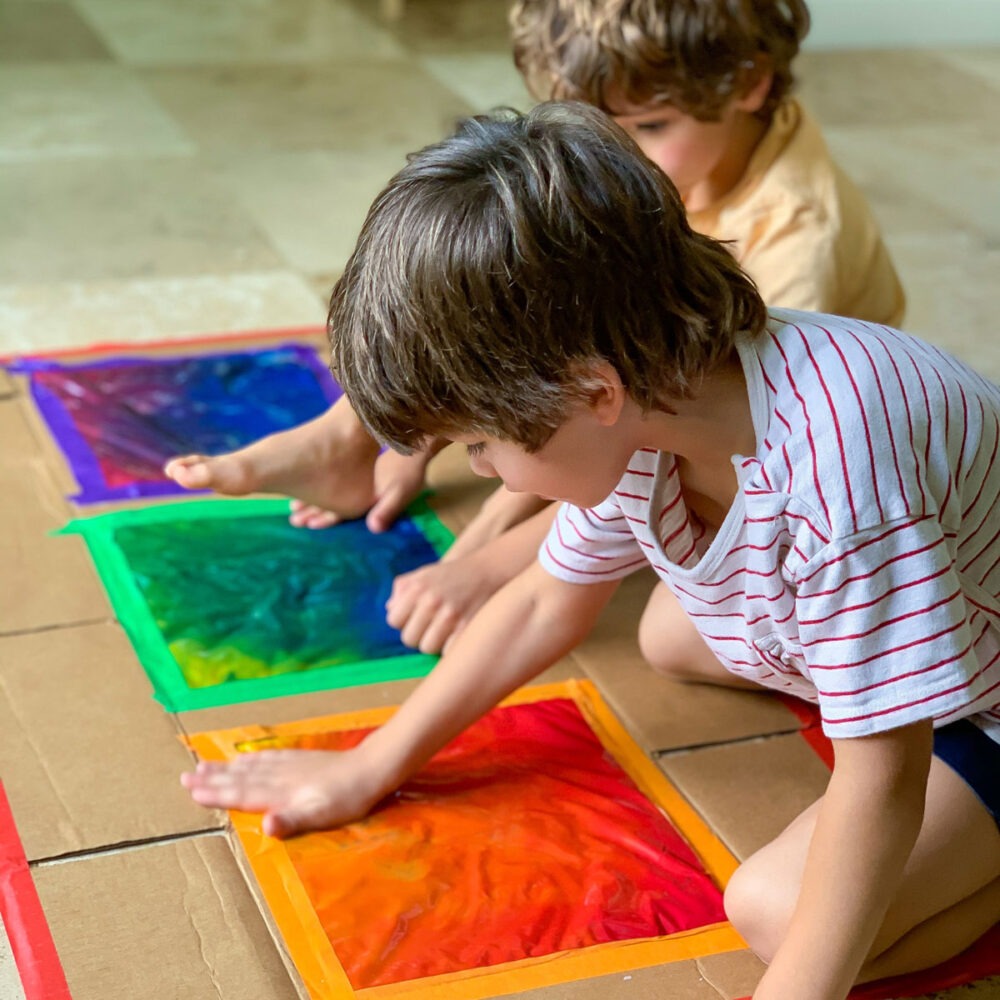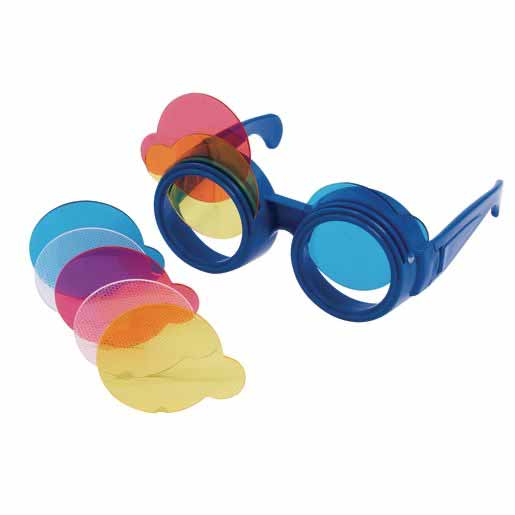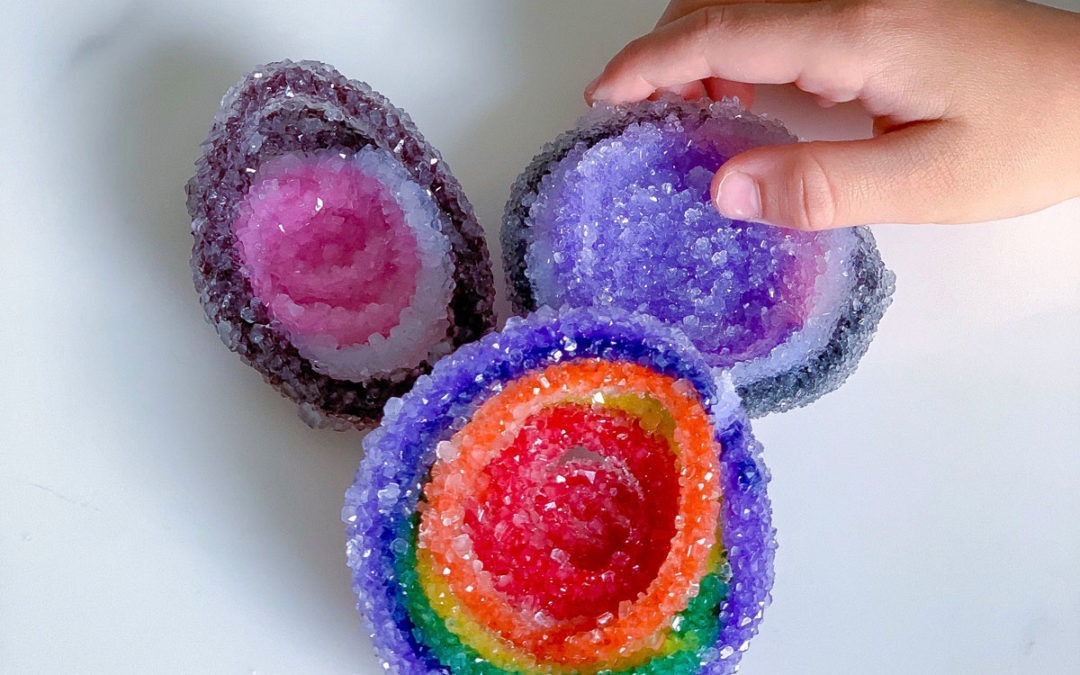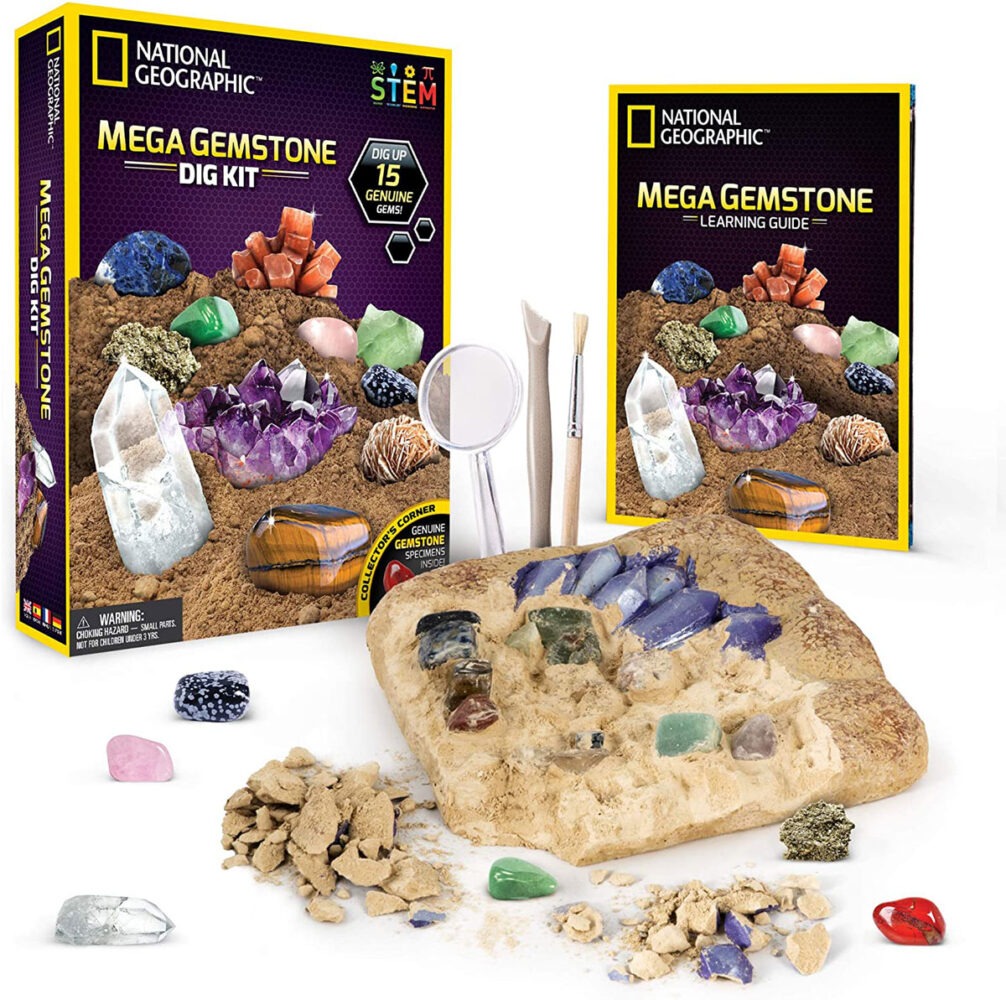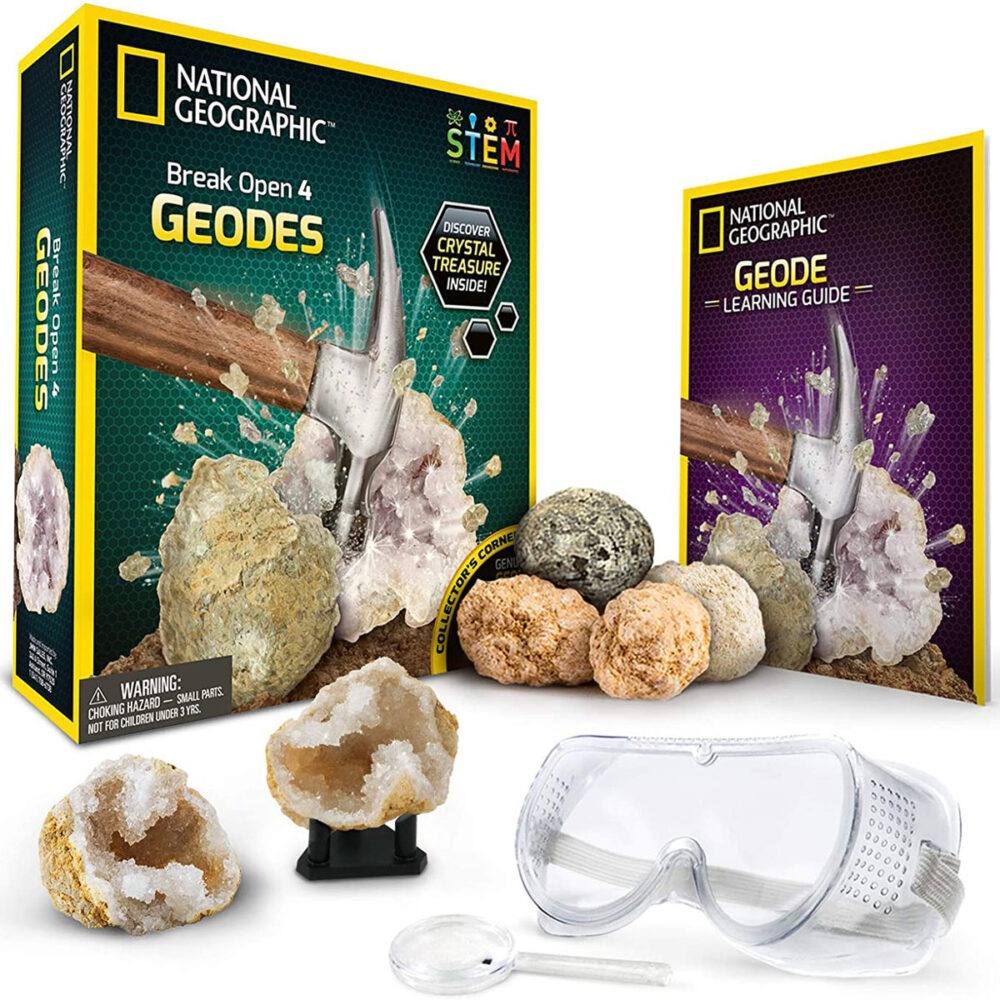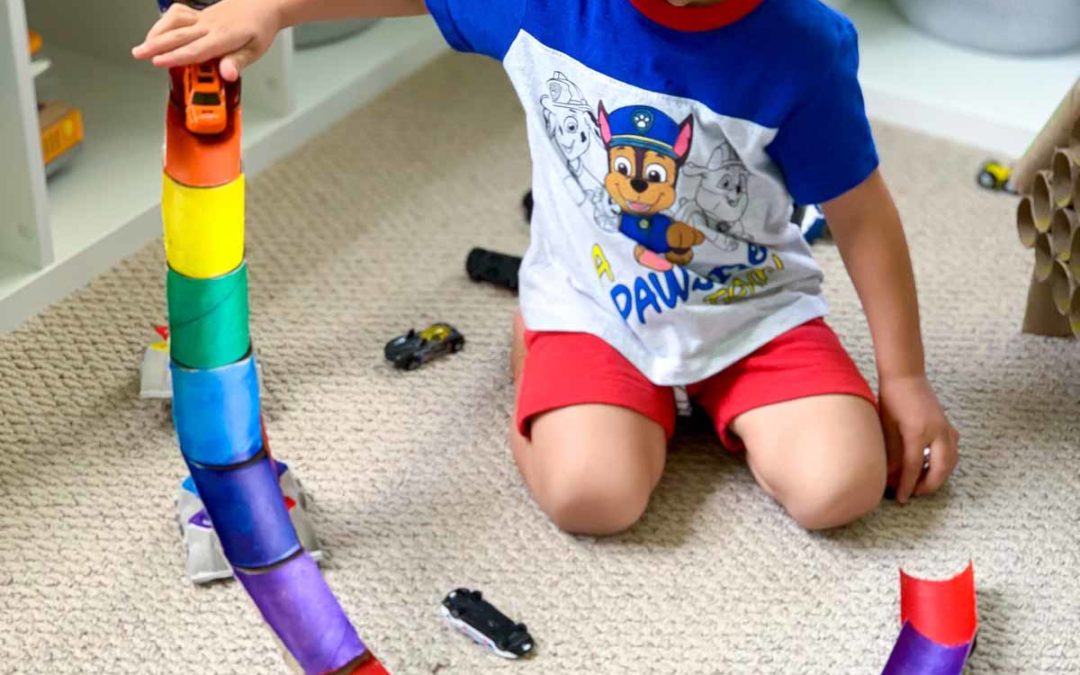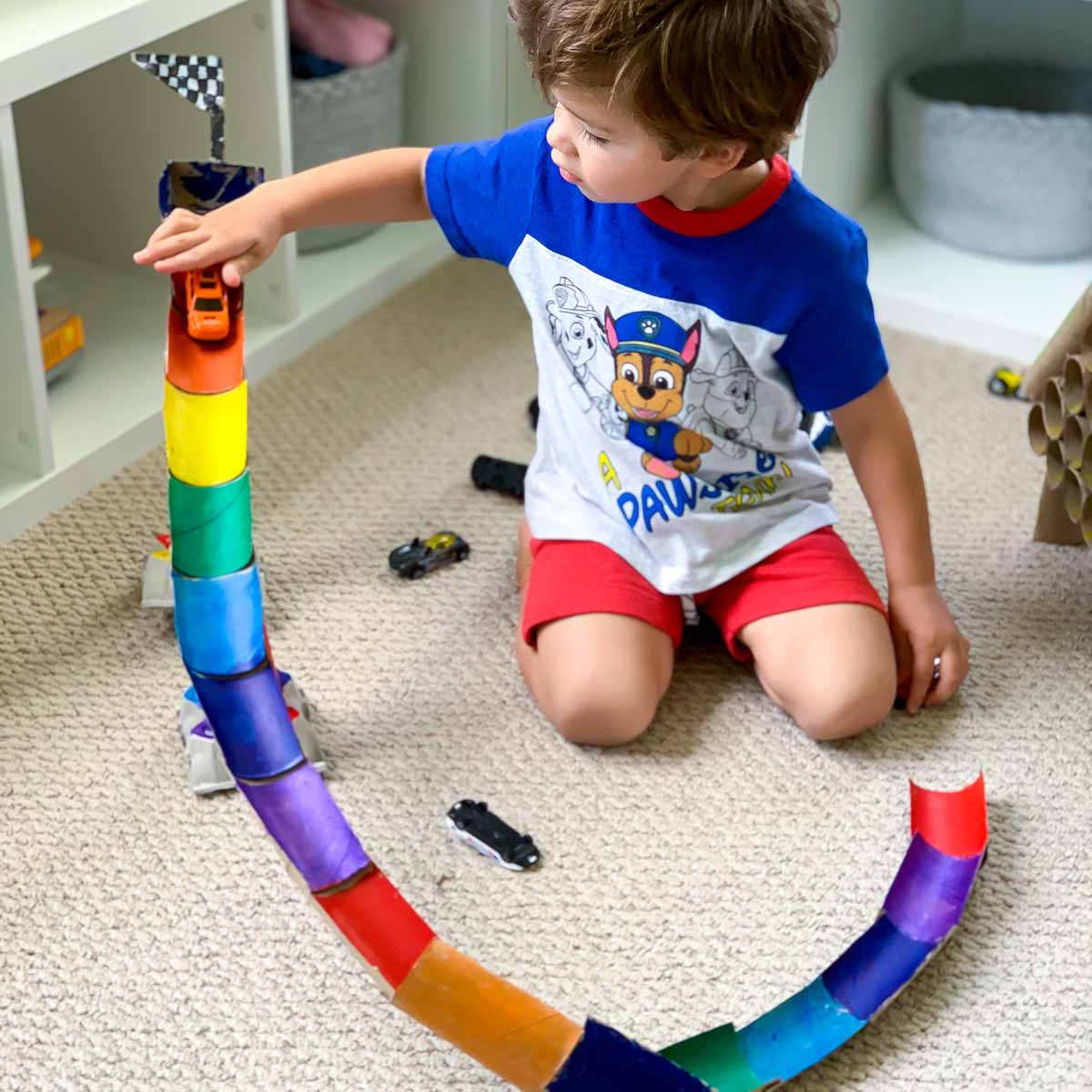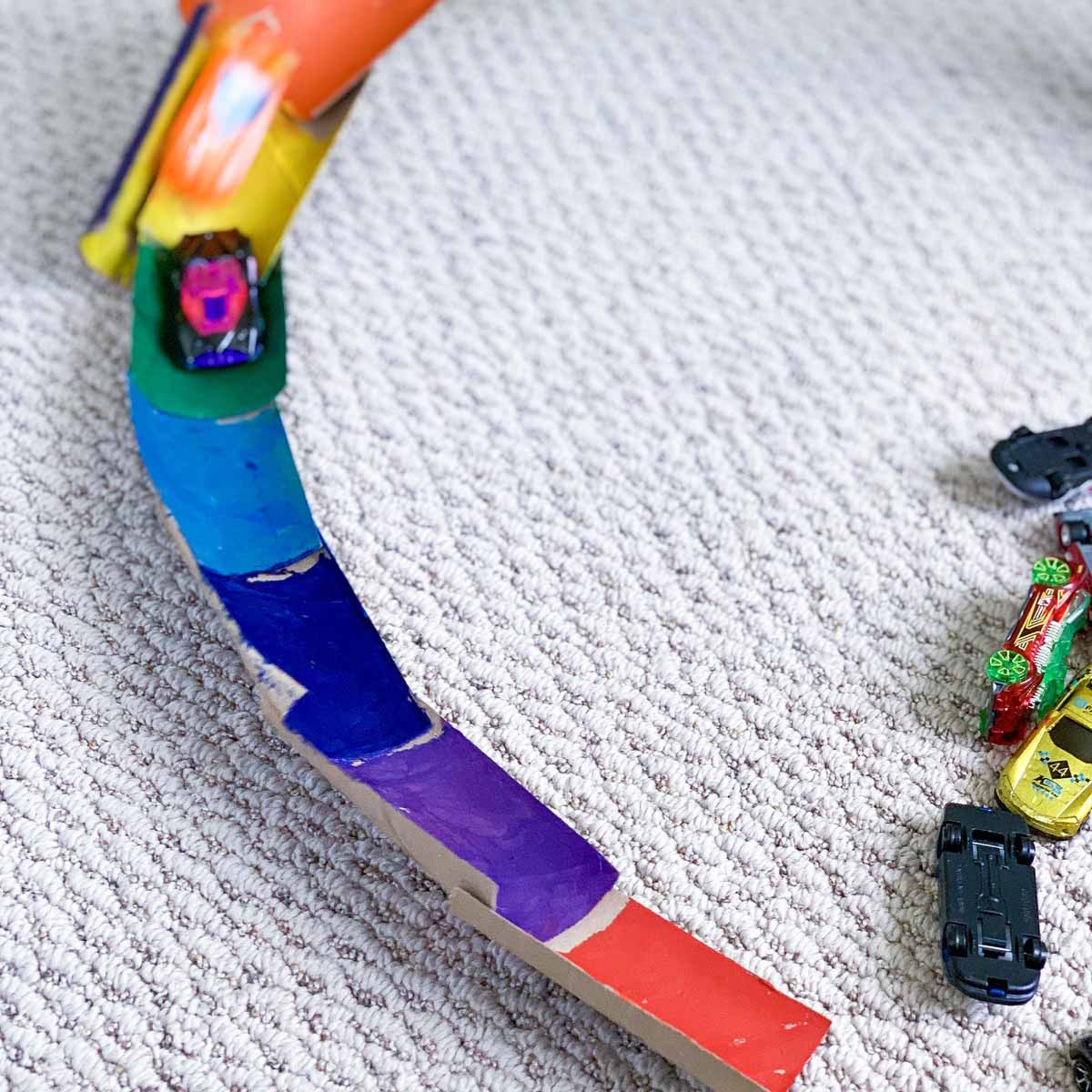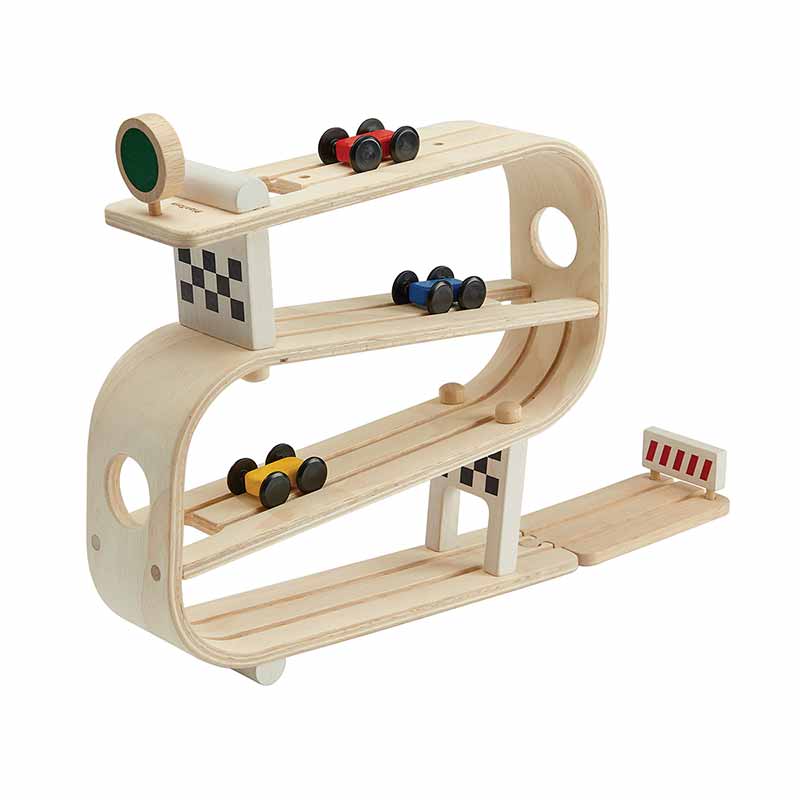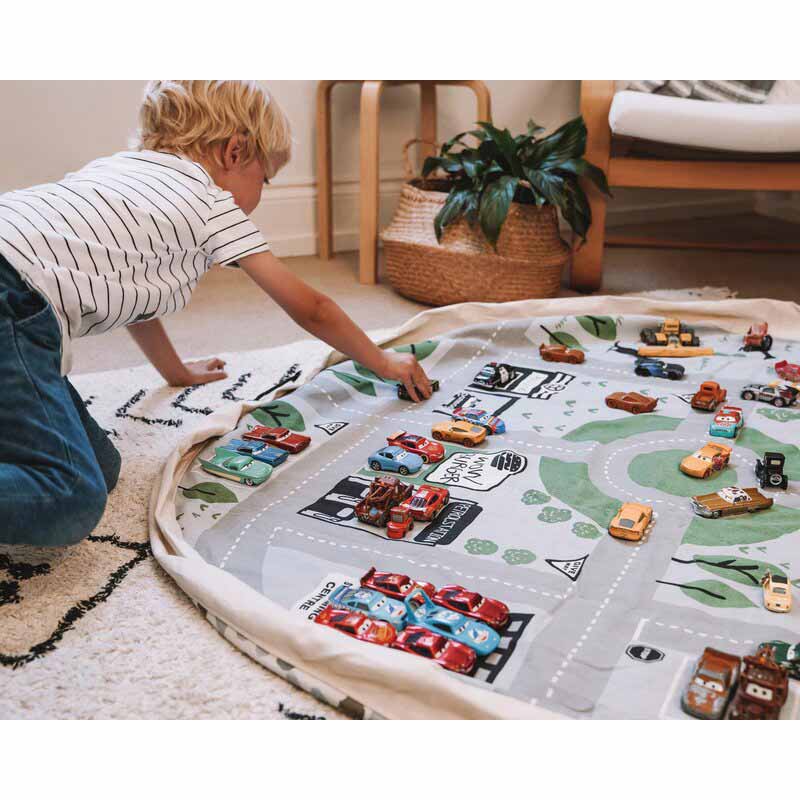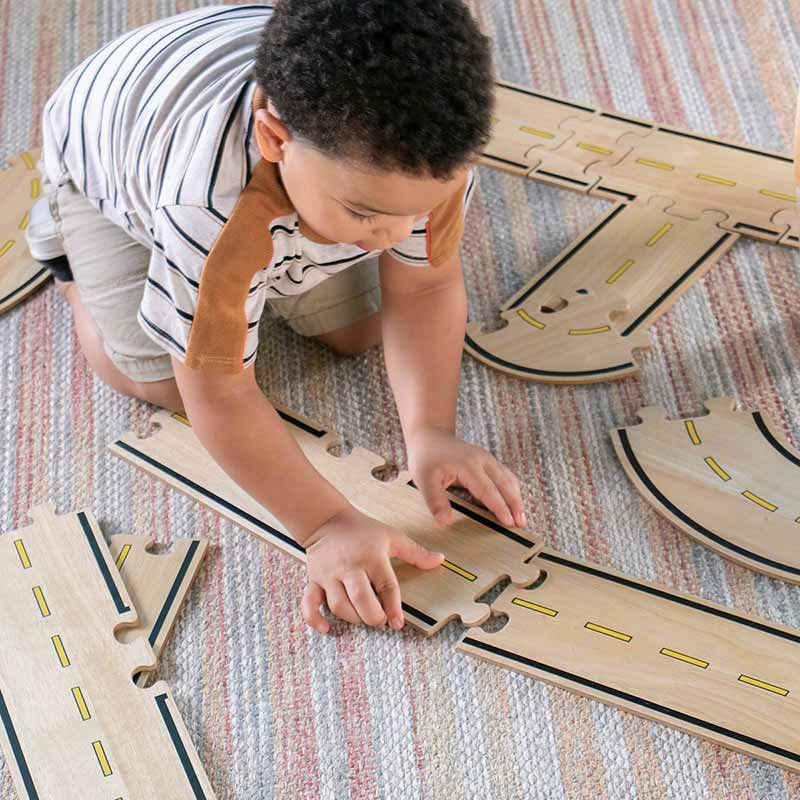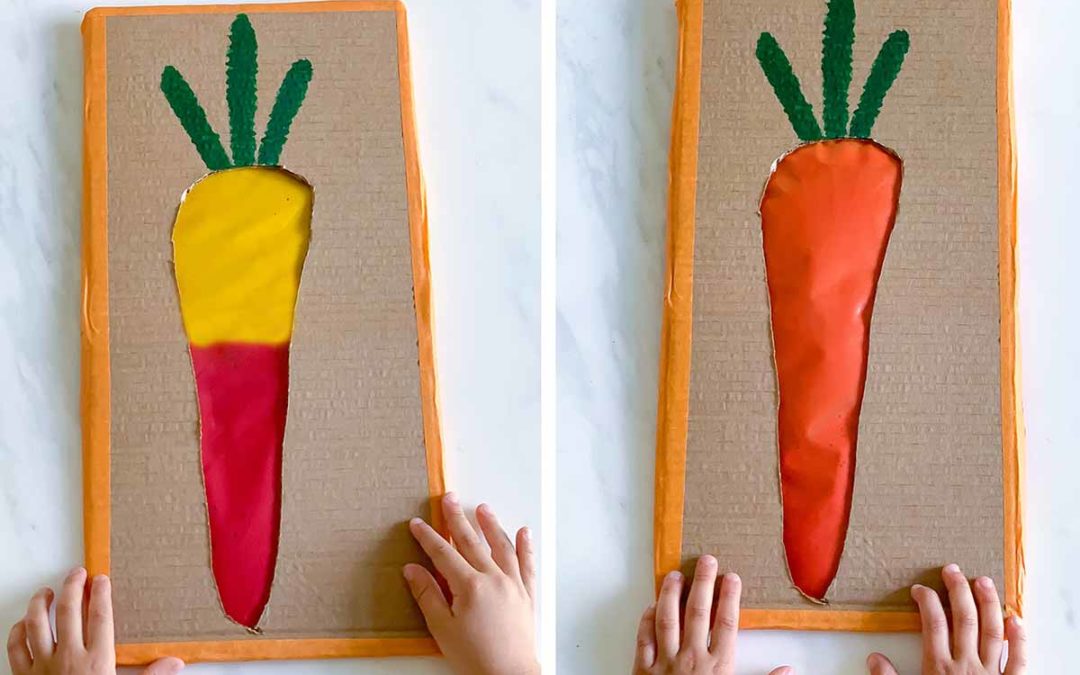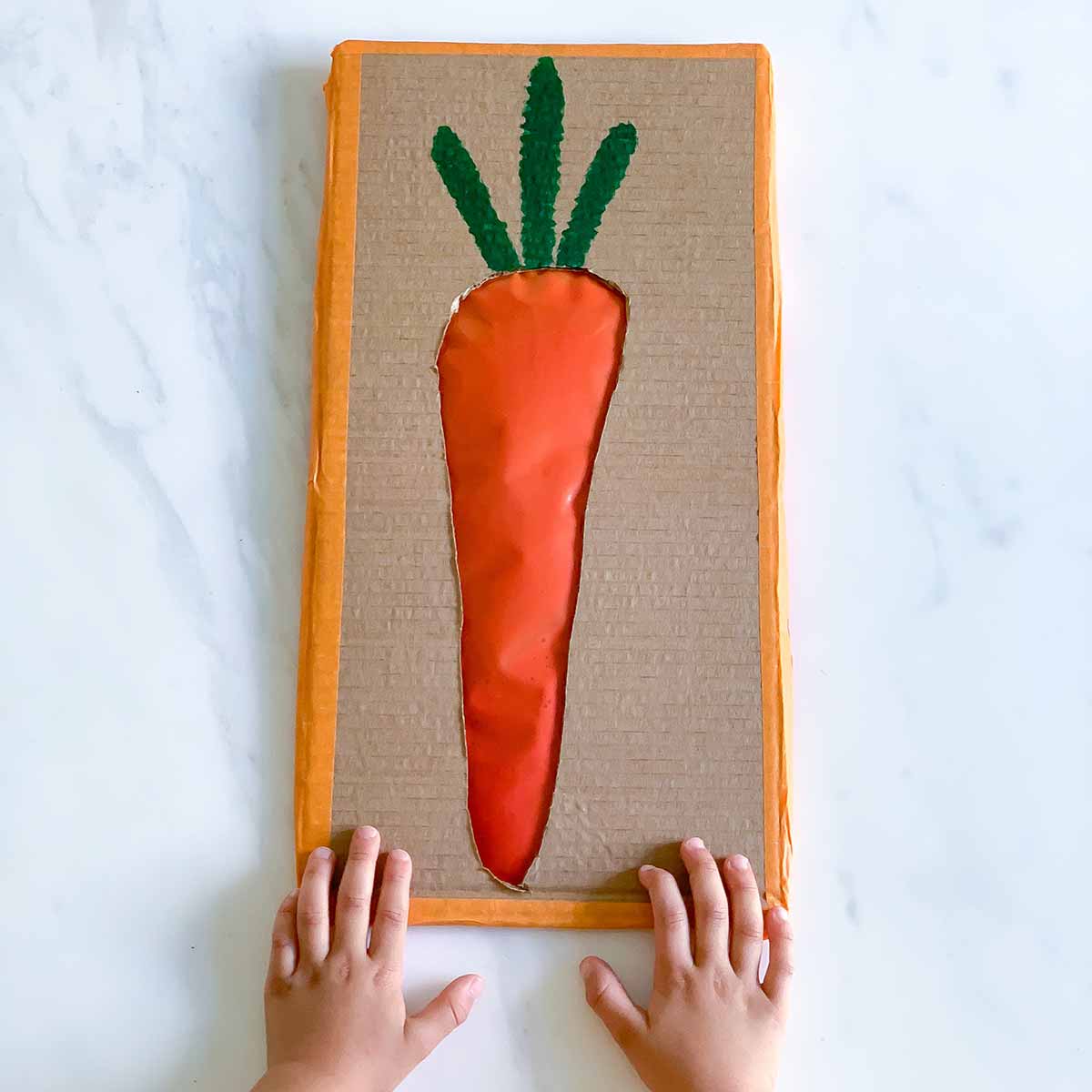Explore the best bath toys for kids! Discover the ultimate guide to bath time fun with these top picks that will make every splash memorable.

Color Mixing Green – Make the Leaf Activity
Color Mixing Green – Make the Leaf Activity
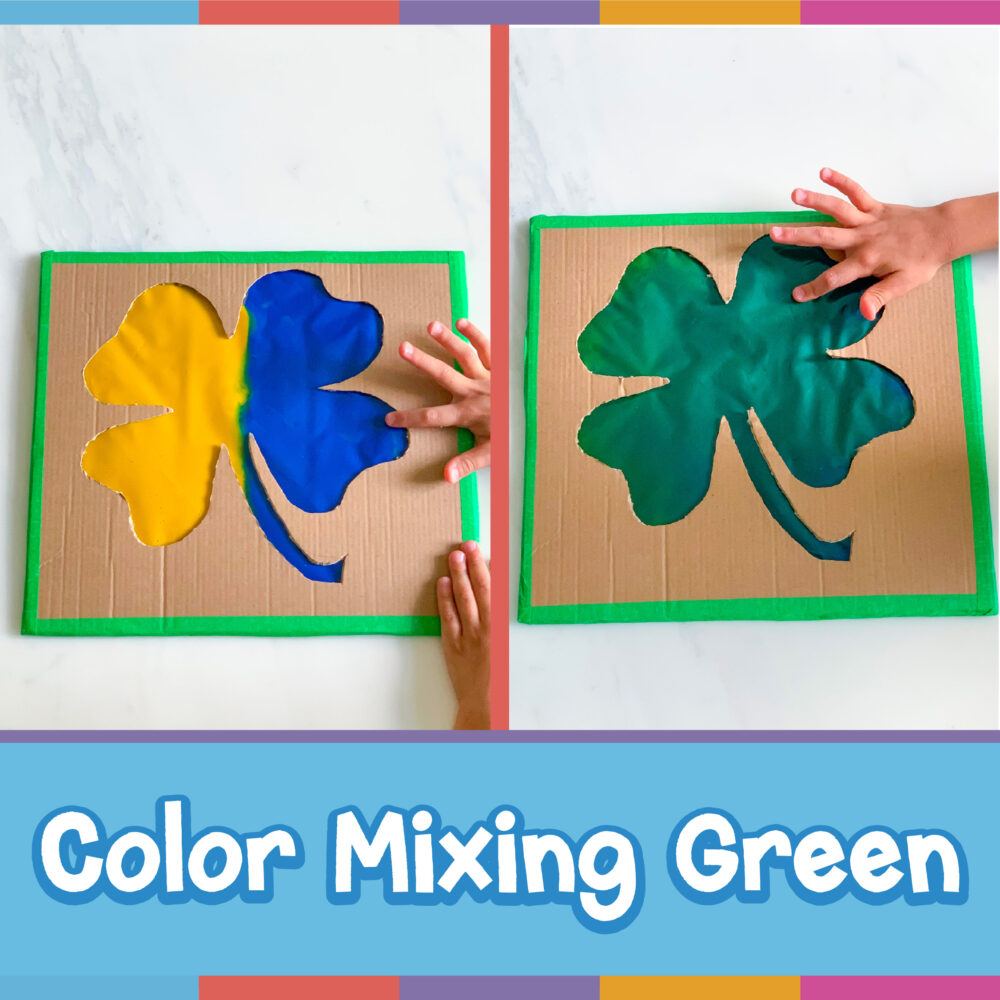
This color mixing green activity is a fun way to explore how primary colors make a secondary color.
Best part for the grown ups? It is a mess free! I’ll show you how easy it is to set up this simple project that teaches children the basics of primary and secondary colors!
Explore What Color Blue and Yellow Create, and More!
For the super color mixing fan, we have an awesome (and FREE) printable that allows kids to explore colors, mixing, shades, and tints! Keep reading to get it!
This activity is super adaptable. Celebrating Easter? Combine yellow and red to make a carrot! Is it Valentine’s Day? Combine white and red to make a pink heart! Is Spring in the air? Combine blue and red to make a purple flower. The options are endless!
How to Make This Color Mixing Green Leaf Activity
This is quick to set up from materials you likely already have at home! You don’t need any special art skills either – it’s so easy! Such a visual way to understand color mixing green.
All activities should be supervised by an adult. As an Amazon Associate I earn from qualifying purchases. This post may contain affiliate links.
How to Make This Color Mixing Green Leaf Activity
This is quick to set up from materials you likely already have at home! You don’t need any special art skills either – it’s so easy! Such a visual way to understand color mixing green.
All activities should be supervised by an adult. As an Amazon Associate I earn from qualifying purchases. This post may contain affiliate links.

What Are Primary and Secondary Colors?
The primary colors are red, blue, and yellow. When primary colors combine, they create secondary colors. To make orange – combine yellow and red. To make purple – combine blue and red. And finally, to make green – combine yellow and blue!
Understanding primary and secondary colors is half the fun! Next comes the concept of shades and tints. When black is added to a color it becomes a darker shade. When white is added to a color it becomes a lighter tint!
We love this color mixing green leaf activity because it provides a real life object to better understand colors and how they combine to resemble something tangible!
Materials
- Piece of cardboard
- 1 gallon-size plastic bag
- Alcohol Swab or Nail Polish Remover
Step-by-Step Instructions
Step 1
On a piece of cardboard, trace the outline of a leaf and then use a sharp knife to cut out the shape.
Step 2
To remove the white label on the plastic bag all you need to do is rub it off with an alcohol swab or a cotton swab soaked in nail polish.
Step 3
Put the yellow and blue paints inside separate parts of the bag to avoid mixing.
Step 4
Close the bag while removing the air bubbles.
Step 5
Tape the top of the bag to ensure it doesn’t leak.
Step 6
Tape the plastic bag down to the table and then tape the cardboard down to the table as well (to avoid it moving around while your child is mixing the colors).
Step 1
On a piece of cardboard, trace the outline of a heart and then use a sharp knife to cut out the shape.
Step 2
To remove the white label on the plastic bag all you need to do is rub it off with an alcohol swab or a cotton swab soaked in nail polish.
Step 3
Put the red and white paints inside separate parts of the bag to avoid mixing.
Step 4
Close the bag while removing the air bubbles.
Step 5
Tape the top of the bag to ensure it doesn’t leak.
Step 6
Tape the plastic bag down to the table and then tape the cardboard down to the table as well (to avoid it moving around while your child is mixing the colors).
FREE Printable Activity for Exploring Color Mixing
If your kiddo asking questions like – yellow and blue make what color? You can’t miss our printable Hands on Color Mixing Activities. This printable set has 5 unique activities for exploring color mixing!
Enjoy coloring and distinguishing each of the colors in the rainbow! Then, learn all about what happens when primary colors mix to form secondary colors. Next, learn about shades (making colors darker) and tints (making colors lighter). And finally, go over all those concepts in a final round up review!
FREE Printable Activity for Exploring Color Mixing
If your kiddo asking questions like – red and white make what color? You can’t miss our printable Hands on Color Mixing Activities. This printable set has 5 unique activities for exploring color mixing!
Enjoy coloring and distinguishing each of the colors in the rainbow! Then, learn all about what happens when primary colors mix to form secondary colors. Next, learn about shades (making colors darker) and tints (making colors lighter). And finally, go over all those concepts in a final round up review!

St. Patrick’s Day Printable Activities
If you are learning about color mixing green during St. Patrick’s Day (like we did, hence the clover and shamrock!), don’t miss our St. Patrick’s Day printable activities.
It includes 20 activities for practicing early childhood education skills, including alphabet recognition, number recognition, comparisons, tracing, writing, coloring, counting, color recognition, shapes, patterning, and so much more.
The trim the leprechaun’s beard activity was one of my kid’s favorites!
Store-Bought Color Mixing Toys
Here are my top picks for store-bought items that teach color mixing for kids!
Layer colored lenses in the plastic glasses to see different shades of colors all around you!
Steve Spangler Science Color Fizzers
This set of 100 tablets comes in primary colors. You can mix the colored water to create different colors.
This great kit includes a mini mixing tray, color mixing tablets, and pipettes for creating an amazing splash of colors!
This set includes paint, brushes, and paper. Watercolors are a classic way to watch colors mix and create new shades.
What’s Next?
The Best Bath Toys for Kids in 2024
How to Layer a Raised Garden Bed and Make a Trellis
Learn how to layer a raised bed and create affordable trellises for thriving gardens. Explore our guide for expert tips & easy instructions!
Number Recognition for Toddlers – The Best Activity to Start Learning
Kickstart number recognition for toddlers with this beginner’s activity! Fill bubble outlines with pom poms for engaging hands-on learning.

